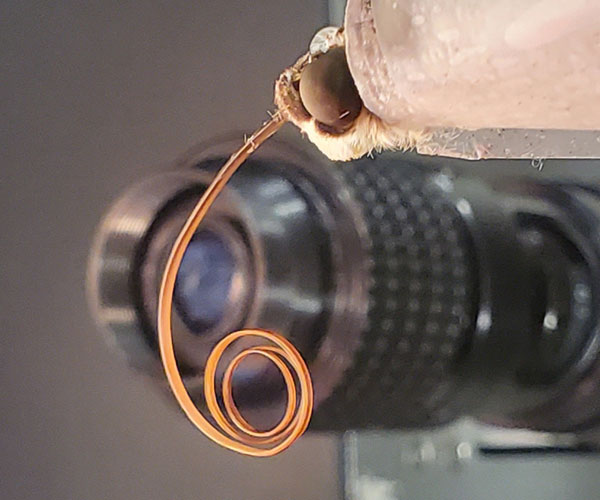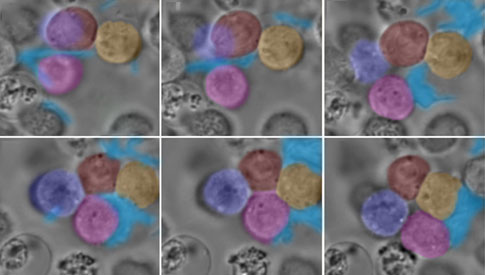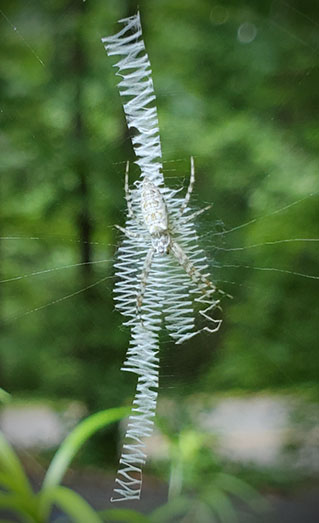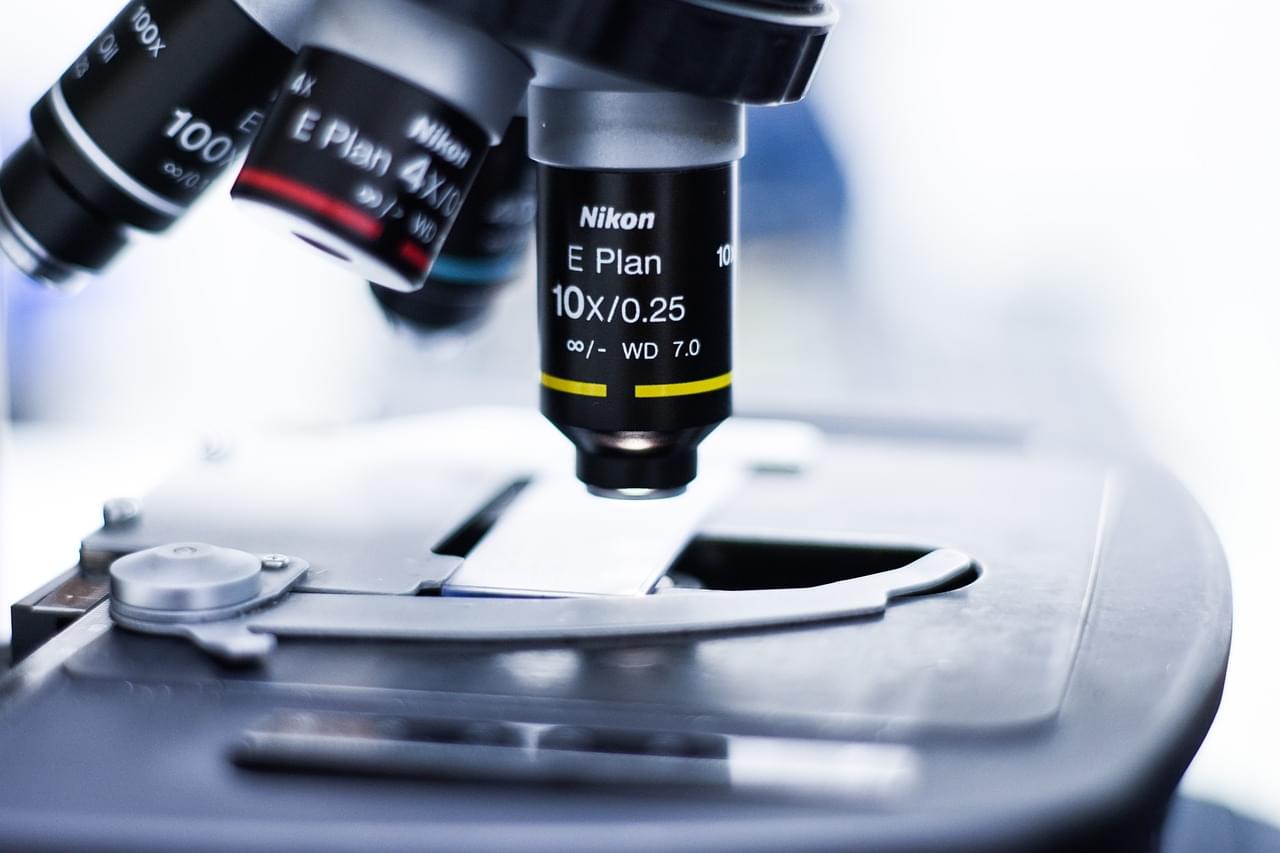Honed over millions of years of evolution by natural selection, arthropods — insects, spiders, and their relatives — have thrived, owing in part to the structural and mechanical diversity of their feeding, sensing and immune systems. Performance of these systems significantly depends on their multifunctional fibers and nanofiber networks, with built-in sensing, actuation, deployment, and pumping abilities.




